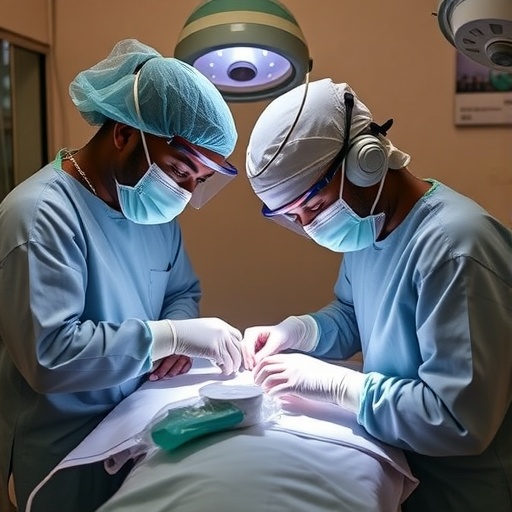(San Antonio, August 1, 2018) — Hurricane Harvey was an unprecedented rain event that delivered five consistent days of flooding and storms to Texas last August. Now, research from UTSA Assistant Professor Vikram Kapoor in civil and environmental engineering has substantiated that the storm caused high levels of fecal contamination to be introduced into waterways draining into the Gulf of Mexico and impairing surface water quality.
Kapoor's research assessed microbial contaminants in southeast and southcentral Texas waterways following Hurricane Harvey. His work was supported by a Rapid Response Research grant from the National Science Foundation.
"The research we conducted in the Guadalupe River after Hurricane Harvey substantiates that the large number of sewage overflows and storm-water runoff that occurred during Hurricane Harvey flooding introduced high levels of fecal bacteria into environmental waters."
After 800 wastewater treatment plants reported spills from flooding and more than two million pounds of contaminants were released into the environment, the study reports that the sewage overflows posed a risk to human and environmental health via waterborne disease outbreaks, deterioration of recreational and drinking water quality and the degradation of aquatic ecology. The report further confirms how hurricanes and large storms play a significant role in the transport of water contaminants across environmental waters.
Kapoor selected the Guadalupe River because it is an important drinking water source for several cities and is used in part for recreational activities. The river runs from Kerr County, Texas to the San Antonio Bay in the Gulf of Mexico. Excessive rainfall from Hurricane Harvey resulted in major flooding over the Guadalupe River in Victoria, Texas. The river crested at 32 feet, around 10 feet above flood stage.
Notably, all initial water samples collected from the flooded regions of the Guadalupe River by Kapoor and his students contained E. coli and enterococci concentrations above the regulatory level for contact recreational waters. The UTSA study suggested future studies are needed to explore relationships between human health and human-associated fecal marker levels in recreational waters impacted by sewage, treated effluents and human feces. The findings of this initial study will serve as the baseline information for follow-on studies to monitor existing and emerging public health risks to residents of Texas and potential long-term environmental impacts on the water resources in the impacted regions.
During Spring Break 2018, officials published alerts concerning fecal matter at some Texas beaches. While Kapoor says it's too early to tell if those beaches were impacted as a result of Hurricane Harvey, he notes that he and his students observed elevated levels of fecal bacteria at flooded sites even two to three months after Harvey.
The UTSA environmental engineering professor is hopeful that his research on the short and long-term effects of Hurricane Harvey's flooding will lead to the development of a predictive framework to assess wastewater contamination following severe flooding.
"We are conducting research at UTSA on the mobilization of microbial contaminants and the length of time they persist in affected areas," he said. "The results will improve how scientists evaluate the human health impacts of contaminants mobilized and deposited by floodwaters."
###
Read Kapoor's study, "Real-Time Quantitative PCR Measurements of Fecal Indicator Bacteria and Human-Associated Source Tracking Markers in a Texas River following Hurricane Harvey."
Learn more about other environmental engineering research programs underway by Vikram Kapoor.
Learn more about Civil and Environmental Engineering degree programs offered by the UTSA College of Engineering.
Media Contact
Christi Fish
[email protected]
210-458-5141
@utsa
http://www.utsa.edu
http://www.utsa.edu/today/2018/07/story/Kapoor-HarveyWaterResearch.html
Related Journal Article
http://dx.doi.org/10.1021/acs.estlett.8b00237




